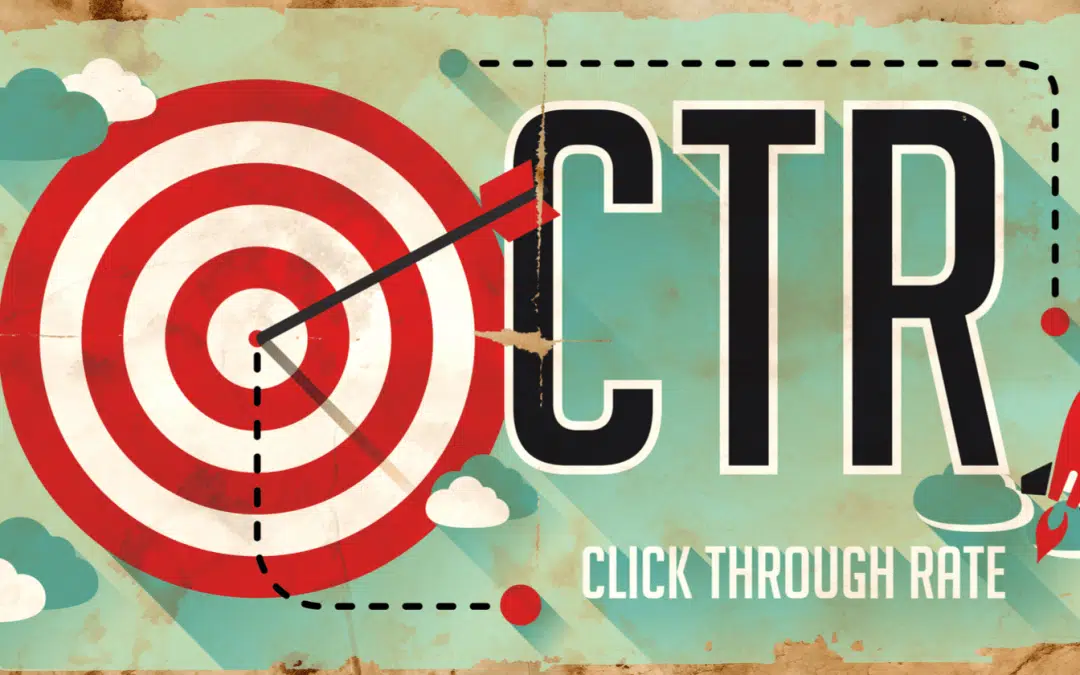One of the ways to increase the CTR of your website is to write relevant and high-quality content. Try a keyword tool like Ubersuggest to find out which keywords your target audience searches for. Plug your seed keyword into the search bar, click “search”, and select relevant keywords that you can use in your content. Try including relevant keywords in your title and meta description to inform and compel readers to click on your link.
Update meta description
If you’re looking for ways to increase CTR on your website, you need to think beyond the content of your main page. A good meta description will tell potential visitors what your website is all about. It should be as unique and eye-catching as possible and include relevant keywords. The better your meta description, the better it will rank for search terms related to your product. Also, make sure that it explains the value of your product.
The meta description lets Google crawlers know what your site is all about. It also shows up when people share your pages on social media. A good meta description will grab the attention of visitors and increase the chance of them clicking on your page. By incorporating the right keywords into your meta description, you can dramatically increase your click-through rate. But be careful not to copy the same meta description on every page. You can easily make your meta description shorter by using the template that comes with your WordPress installation.
A good meta description is only a few lines long, but it should contain enough information to persuade prospective visitors to click through to your page. Make it as descriptive as possible and make it as short as possible. It’s also helpful to include a link to your website, so prospective visitors can easily find it. In addition, it’s better to write a longer meta description if you have a more complicated website.
Update title tag
If you’re struggling to increase your CTR on Google, you should look at your site’s content. Most of the time, the title is an H1, but you can also use title text from the body of the article or from links to your site. In either case, it’s essential to use the right keywords in your title tag. Here are some tips to optimize your title tag. After changing it, monitor the results to see what changes you’ve made.
Include relevant keywords in your title. People who perform a Google search are looking for a specific product, service, or information. To attract them, you must provide them with the information they’re looking for. Searchers generally look for certain qualities when they look through the search results, which can vary widely. If your page/post is focused on a particular query, there may be overlap with these qualities, but you can still make them explicit in your title tag.
Make the most important keywords prominently displayed in the title tag. Keep the remaining keywords relatively short. Avoid repeating the same phrase or stuffing the title with multiple keywords. A few variations of a phrase will do. This way, readers will be able to identify the main focus of your content. If possible, write the most relevant keyword in your title tag for each page, even if it’s a subtopic.
Test PPC ads
One of the most important steps in PPC ad testing is to understand how to improve your copy. The goal is to increase the conversion rate, but focusing on the CTR alone may not be the best strategy. Focusing on the CVR can lead to a lower CTR and less traffic, which could hurt your website’s conversion rate. Test PPC ads to increase the CTR of your website by testing different variations of your ads.
To increase the CTR of your website, you should make sure that your ad text contains the keywords that are targeted to your website. This way, your ads will appear when someone types in the keywords you use. It’s also best not to use irrelevant keywords in your ad text. You can also target users based on their interests by using Facebook’s ad feature. By using this feature, you can maximize the CTR of your website and increase its overall click-through rate.
If you are using Google AdWords, you can make use of negative keywords. These are words that will prevent your ads from showing up to people who are not interested in your products. For example, if your store sells couches, you don’t want people in London to see them. Therefore, you can add “London” to the negative keyword list to ensure that your ads only appear to people in your local area.
Test social media ads
Before running a social media test, you need to know what you’re doing currently. Write down the results from any previous campaigns you’ve run. These can help you compare and analyze the results of your current social campaign. Your goals for this campaign will be different from your previous campaigns, so you should know what your audience prefers. You can structure the campaign accordingly. For example, you can test different headlines or different text on the ad.
Many advertisers waste the opportunity to use natural images in their social media ads. While many users ignore stock photos, switching to a natural one will help increase your CTR. A simple example: a Facebook page with two identical ads, one with a featured image and the other with nothing. A natural image will make your ad blend in better with the rest of the Facebook content, resulting in higher CTR.
Social media tests can be used to answer specific questions about your audience. They can tell you whether you should change your copy for international audiences or change the images for Instagram captions. Tests can also help you determine which social media ads are engaging and which ones don’t. By evaluating your Facebook advertising results, you can better understand which ones perform best for your business. A test may also reveal how your social media content impacts your audience.
Improve loading speed
While improving loading speed is important to your SEO strategy, this alone will not help you achieve top rankings. Instead, you should focus on providing a fast user experience that will boost your click-through rate. To measure the impact of your changes on your CTR, check your MonsterInsights report to see how much of a difference it made. Compare your click-through rate before and after making each change to determine which pages and keywords need more work.
Having a slow-loading website will frustrate viewers and kill your business goals. Depending on the value of the page, users will move to another website if the page is taking too long to load. One way to speed up your page is by deferring non-critical JS to a different page. You can also check other factors before optimizing the speed of your page. Keeping your page speed in mind can help your website achieve higher rankings and retain the trust of Google.
Another way to increase page speed is by caching. By caching your data, you’ll reduce the number of times your visitors must visit a page to access information. Additionally, your website’s cache will improve the speed of retrieving data, reducing the need for roundtrips. In addition, you can reduce the number of images used on your page by compressing their size. This will help your page load faster and help you attract more visitors.
Test meta description
Adding a meta description to your website can be an effective way to improve your CTR. In addition to the website’s title and description, this text is also used on your social media profiles. The meta description is a free way to connect with potential customers. It is important to keep in mind that it should not be duplicated across multiple pages. Try to keep it around 160 characters. If possible, you can use a notable person or company to create an appealing meta description.
To measure the effectiveness of your meta description, create a test version of it. The snippet must be under 160 characters. You can use Google Search Console to measure the difference in CTR. The difference between Control and Variation was 0.5. Moreover, a rich result steals SERP real estate from the competition. Try to keep the title and meta description under 160 characters. This way, you can increase your website’s CTR without sacrificing your site’s SEO.
Lastly, make sure the meta description is unique for each page. This will help customers navigate through your website and find relevant information. Although meta descriptions aren’t directly related to SEO, they do help you increase your CTR. Remember that the more clicks your website gets, the higher your rankings will be. If you are using meta descriptions for SEO purposes, you should always make sure they are optimized. However, they are not guaranteed to appear in the search results.


Recent Comments